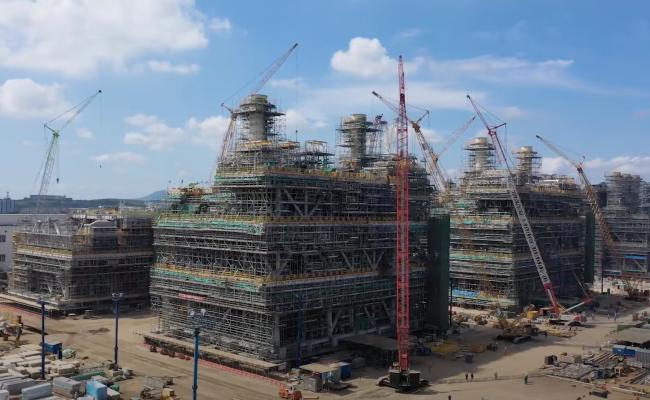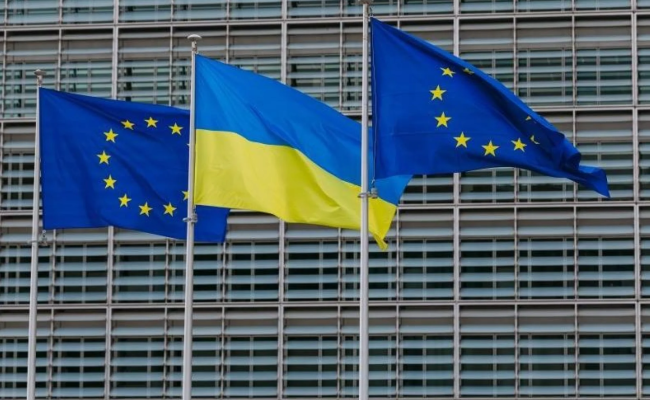EU Talks Tough on Russian LNG, But Buys More Than Ever in 2025
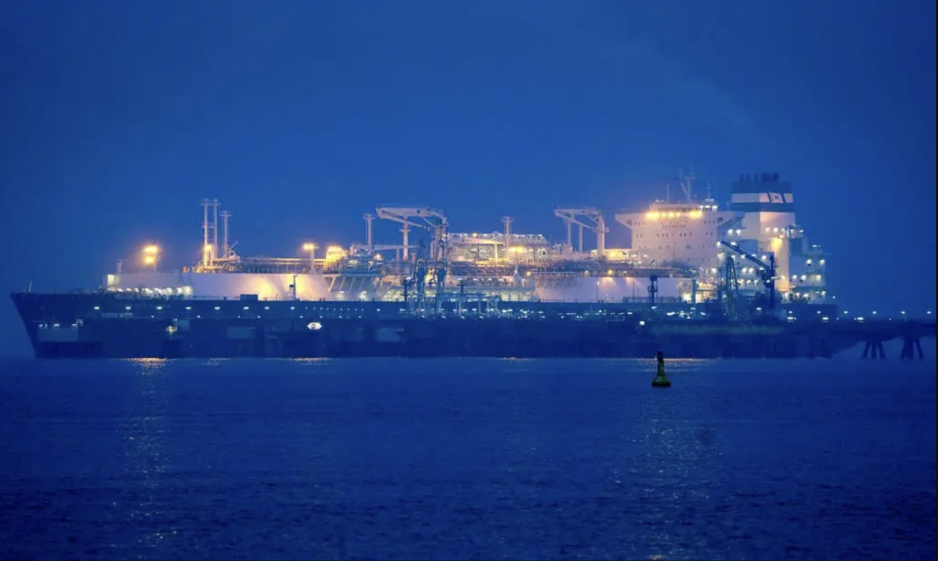
Höegh Esperanza floating LNG import ship at Germany’s Wilhelmshaven LNG terminal.
The EU energy double standard continues. Just days after agreeing to stop buying Russian LNG by 2027 new data show that the bloc is importing record-levels of the fuel in 2025, up 7 percent over the same period in 2024. During the first six months of 2025 member states spent €4.5 billion on supercooled gas from Russia.
New import figures for liquefied natural gas reveal how the EU talks tough on Russian supercooled gas, but for now buys more ever.
During the first six months of 2025 the European bloc has received record-levels of LNG from Russia, new data released by the Institute for Energy Economics and Financial Analysis (IEEFA), a non-profit think tank, show.
The report is part of their LNG tracker visualizing the flow of supercooled gas into Europe.
“The EU continues to increase its imports of Russian LNG despite sanctioning the country’s LNG operations.
While the EU will ban imports of Russian LNG from January 2027, the bloc’s imports of LNG from the country rose by 7% year on year in the first half of 2025,” says the IEEFA report.
EU said last week it will stop buying gas from Russia by January 1, 2027.
Over the last 3.5 years EU member states have purchased around €120 billion worth of Russian pipeline and liquefied gas. During the first six months of 2025 countries paid around €4.5 billion for LNG from Russia.
A ban, but not just yet
The latest figures are especially noteworthy in light of the fact that the EU said last week it will stop buying gas from Russia by January 1, 2027.
However, in the meantime European importers and terminal operators appear eager to purchase all the Russian LNG they can get their hands on – a business that has proven highly profitable over the past almost decade since Yamal LNG began operations in December 2017.
Russia remains the second-largest supplier of LNG to Europe, accounting for around 13 percent during the first half of 2025, the new IEEFA data confirm.
Almost four years into the Ukraine War, Russia’s share of overall EU liquefied natural gas imports remains little changed.
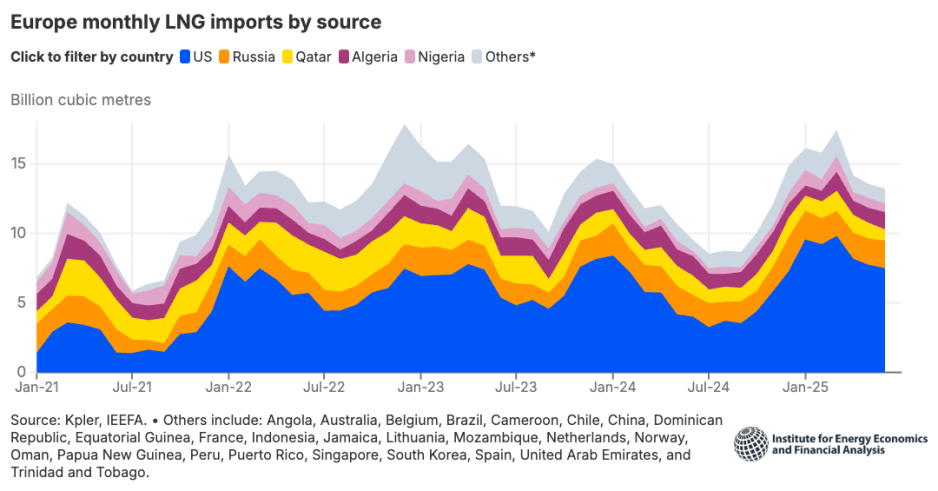
EU LNG imports from January 2021 until June 2025 showing Russia’s share of supply remaining largely unchanged. (Source: IEEFA)
Most imports to France and Belgium
The mix of importers also holds steady with France leading the way.
The data show that France accounted for 41 percent of the continent’s imports of Russian LNG, followed by Belgium (28%), Spain (20%), the Netherlands (9%) and Portugal (2%).
France’s imports from Russia increased by 8 percent in 2025 the new figures show.
Just weeks ago the country’s President Emmanuel Macron called the remaining imports “very marginal” stating he did not see any need for accelerated action to phase out the Russian supplies.
France’s energy major TotalEnergies remains a key investor in Russia’s Yamal project. The firm purchases 4 million tons of LNG from the Arctic plant every year, more than any other buyer.
The large majority of Russian imports from the Yamal project, with more limited supplies from two plants in the Baltic Sea, the IEEFA report shows.
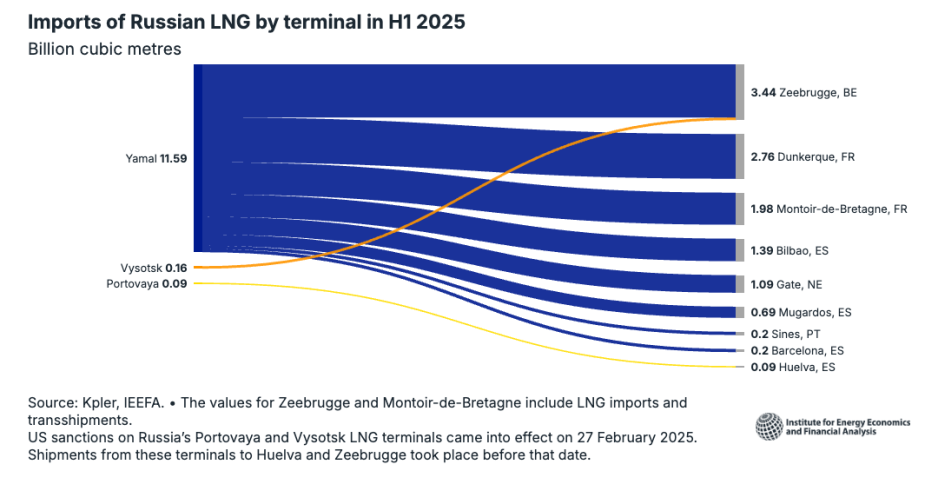
Graph showing the flow of Russian LNG into the EU during the first six months of 2025. (Source: IEEFA)
Effect of transshipment ban unclear
For almost a decade Russia also used European ports for the transshipment of its LNG. Cargoes would arrive in EU terminals before being transshipped to markets outside the continent.
This practice ended on March 26, 2025 when Brussel’s transshipment ban took effect.
The IEEFA data show the steady decrease of this type of activity in the two key terminals of Zeebrugge, Belgium and Montoir-de-Bretagne, France in the months ahead of the ban.
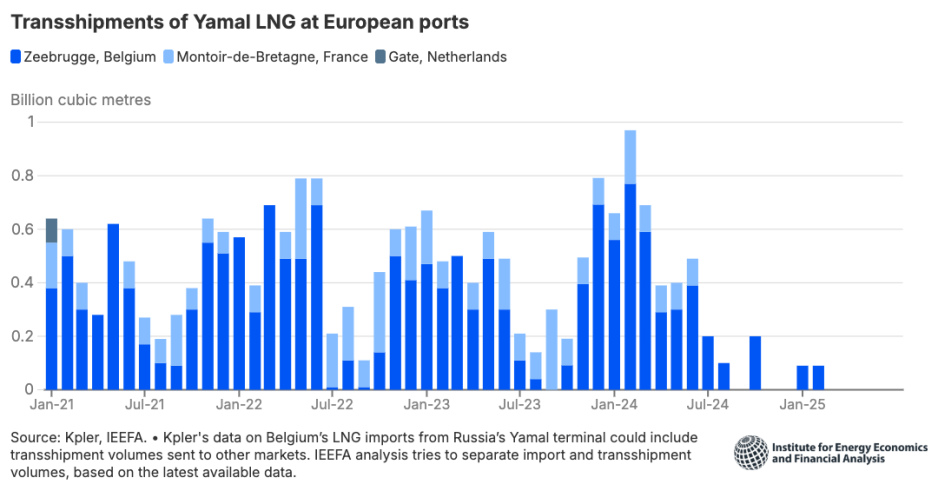
Transshipments of Russian LNG from Yamal between January 2021 and June 2025. (Source: IEEFA)
However, an unintended consequence of this ban appears to be that some Russian LNG that was previously re-exported may now simply remain in the EU. This could in part explain the increase in imports during the first half of 2025.
The IEEFA report notes that Belgium’s Zeebrugge imported more Russian LNG than any other European terminal in H1 2025. It was previously the largest transshipment terminal.


